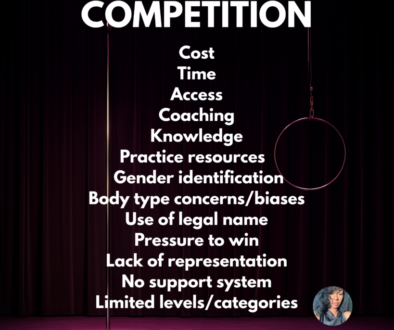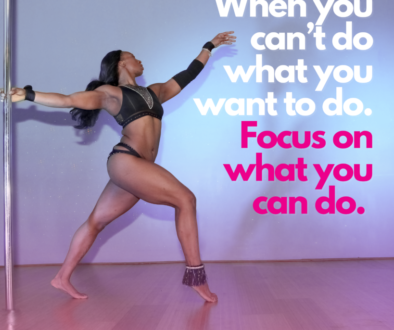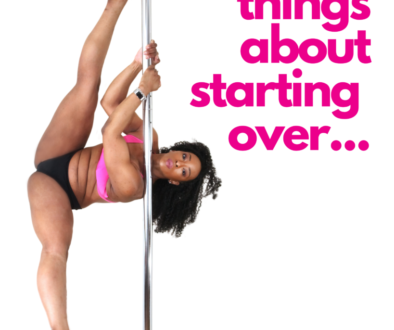You Got Goals, Right?

This is probably my favorite and most asked questions. If you’ve ever trained with me or even just been around me, then you’ve probably heard me ask this…A LOT. I ask it so much I put it on a t-shirt and then made it into a sticker! If you have a shirt already, send me a photo of you rocking it!
Since a New Year is upon us, it feels appropriate to share a few tips for goal setting. You’ve probably heard the acronym S.M.A.R.T before and likely have even used it, but it never hurts to have a reminder. S.M.A.R.T or “SMART goals” are a framework for setting effective and actionable goals that ideally will set you up for success.
The acronym SMART stands for: Smart, Measurable, Achievable, Relevant and Time-bound. But what do each one of these things actually mean and how can you design your goals to fit within this equation for success?
Specific
Your goal should be clear and precise. It answers questions like:
– What exactly do I want to achieve?
– Who is involved?
– Where will this happen?
For example, instead of saying, “I want to get fit,” a specific goal would be, “I want to lose 10 pounds by going to the gym three times a week.”
Measurable
Your goal should have criteria to measure progress. This ensures you can track your achievements. Ask yourself:
– How will I know I’ve succeeded?
– What evidence will prove I’m making progress?
Example: “I’ll measure my progress by tracking weight loss and weekly gym visits.”
Achievable
Your goals should challenge you but still be attainable. Ask yourself:
– Do I have the resources and skills to achieve this?
– Is the goal realistic for me?
– Is the goal realistic for me RIGHT NOW?
Example: If you’re new to fitness, aiming to run a marathon next week isn’t achievable—but committing to running a 5K in three months might be.
Relevant
Your goal should align with your values, needs, and long-term objectives. Consider:
– Why is this goal important to me?
– Does it align with my broader aspirations?
Example: “I want to get fit because I value my health and want more energy for my family.”
Time-Bound
So this is where I’m going to go a little off script and lean into the idea of #FlexyFit. Typically time-bound asks us to set a deadline to create urgency and focus. I want to shift that idea of “urgency” and having a specific deadline to allow for the occurrence(s) of life happening. What we tend to not account for when setting goals is LIFE and there’s always going to be something you’re unable to anticipate. So that’s where being FlexyFit comes in!
Rather than creating “urgency” aim to create “action”. Instead of treating that deadline like my life depends on it (because it doesn’t) I use that date as a guide and along the way I’m looking for proof of progress. And if on that date, I haven’t hit “10 pounds in weight loss” but I’ve achieved 6 or 7lbs or if by month 4 I hit my goal of 10lbs then its still a success. But also if I haven’t hit my “final” goal(s), but I’m still practicing consistency in the action items that will get me to that goal, it’s still a success in my book. Why? Because consistency is the key to results.
Think about:
– What’s my timeline?
– What milestones can I set along the way?
Example: “I’ll achieve my goal of losing 10 pounds in the next 3 months.”
Happy Goal Setting! Let me know if this was helpful. If you have questions or need help with your body or business goals, give me a shout!




